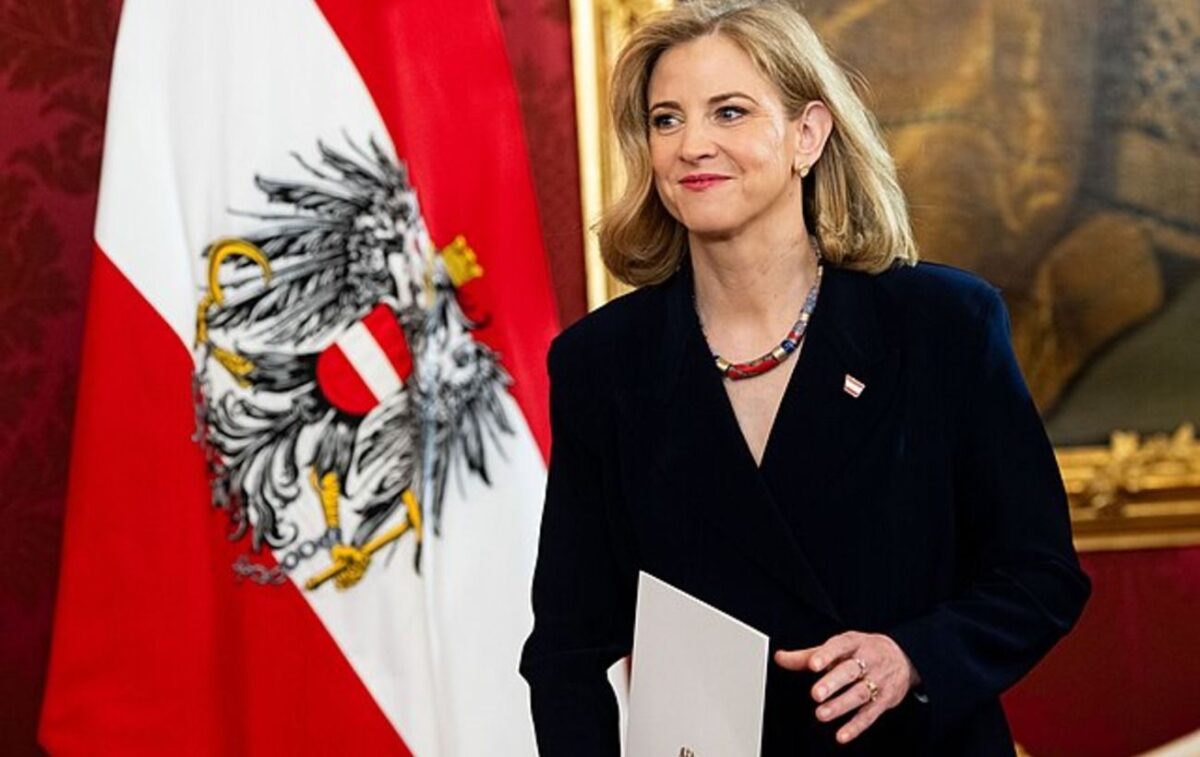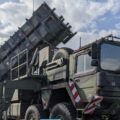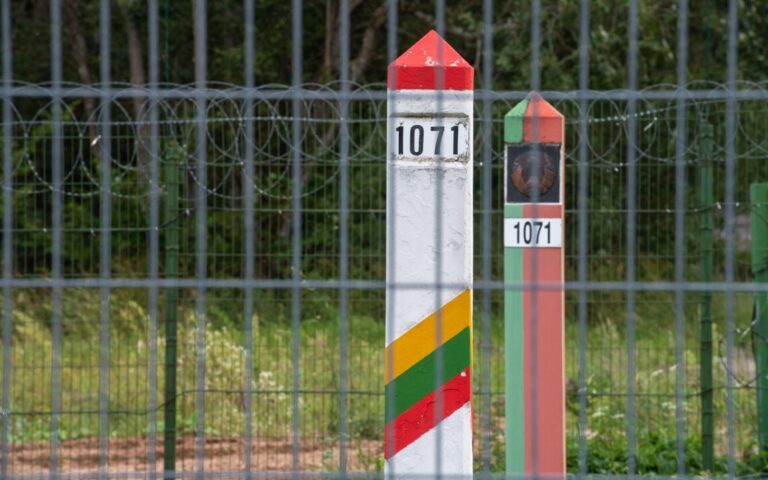
Austria rethinks neutrality: history, new security threats, and public debate in 2025
Austria declared its permanent neutrality on October 26, 1955. This was not simply a political decision, but the result of protracted negotiations with the Allied powers after World War II. The country, which had been occupied by Soviet, American, British, and French troops, sought to restore its independence and achieved it by committing to never join any military alliances or allow foreign troops on its territory.
This status is enshrined in the Federal Constitutional Law on the Neutrality of Austria of October 26, 1955(Bundesverfassungsgesetz über die Neutralität Österreichs). Article 1 of this law states:
“In order to secure Austria’s independence and for the purpose of the inviolability of its territory, Austria voluntarily declares its perpetual neutrality. Austria will not join any military alliances and will not permit the establishment of foreign military bases on its territory.”
Explanation of the term: permanent neutrality a special status recognized in national and international law, meaning a country does not join military alliances and refrains from participating in wars.
In the first decades after World War II, neutrality became part of Austrian identity, a tool for diplomacy and economic relations, particularly with both Eastern Bloc and Western countries. Austria became a platform for negotiations, a place for preserving balance, and the host for humanitarian missions. Major headquarters of the UN, OSCE, and other international bodies were established on its soil. During the Cold War, neutrality provided Austria with a certain level of security, but at the same time, it gradually increased cooperation with the European Union and NATO through partnership programs. For example, in 1995, Austria became a member of the EU, and since that year, it has participated in NATO’s Partnership for Peace program.
Why Austria Is Rethinking Its Status Now: The Watershed of 2022-2025
Reason 1: The Russian-Ukrainian War and New Threats.
Russia’s invasion of Ukraine in 2022 shocked all of Europe. Finland and Sweden, which had adhered to neutrality for decades, applied for NATO membership. This sent a strong signal to other countries with similar status.
Reason 2: Domestic Debate and the Realization of Neutrality’s Limits.
As Austria’s Foreign Minister Beate Meinl-Reisinger noted in an interview with Die Welt:
“Neutrality alone does not protect us. What truly guarantees Austria’s security are investments in our own defense capabilities and strategic partnerships.”
She added that there is currently no parliamentary majority for changing Austria’s status, but she does not rule out such a possibility in the future:
“I am absolutely open to holding public debates about the future of Austria’s security and defense policy. There is currently no majority in parliament or among the population for joining NATO, but such debates could be very fruitful.”
(Source: Die Welt, 2025)
Reason 3: Limitations of Security Guarantees.
Austria’s neutrality means it is not protected by Article 5 of the North Atlantic Treaty (collective defense). In the event of aggression, as seen in Ukraine, Austria would be left alone.
What Is Happening Now: Public Discussion and Political Dynamics
- There is currently no political consensus on abandoning neutrality. Polls show that most Austrians still support traditional status. However, support for neutrality is gradually declining against the backdrop of new security challenges and European trends.
- The discussion is becoming more practical: the government is talking about increasing defense spending, updating laws on national protection, and preparing partnership agreements with EU and NATO countriesnall without formally breaching neutrality.
Legal Steps Required for Changing Status
Changing the neutral status would require a constitutional amendment that is, a two-thirds majority in parliament, and likely a referendum, since neutrality is enshrined in the Constitution.
Why the Decision Is Difficult: History, Identity, and Risks
- Historical memory: for several generations of Austrians, neutrality has been a symbol of peace, stability, and independence.
- Economic and diplomatic advantages: neutrality allowed Austria to act as a “bridge” between East and West, attract international organizations, and secure investment.
- Risks: changing status could trigger political tensions, strain relations with some neighboring countries, and affect Austria’s role as a diplomatic platform.
Why Austria Is Rethinking Its Security Model Today
Austrian neutrality is not only a part of the country’s history but also a complex balance between past and future. The world in which this compromise worked is changing. Today, the country stands at a crossroads: to retain its traditional model and risk remaining outside collective guarantees, or to become part of a new European security architecture.
“The question is not whether we need neutrality, but whether it truly serves our interests and security in a world that is no longer predictable,” Foreign Minister Meinl-Reisinger summarizes.
Explanations of terms in the text:
- Permanent neutrality the legal status of a state that does not join military alliances and guarantees non-interference in conflicts.
- Constitutional amendment changes to the country’s fundamental law, requiring a special adoption procedure.
- Partnership for Peace a NATO cooperation program for non-member countries.














